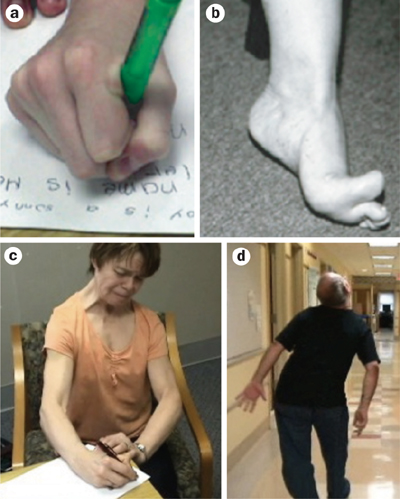I had yet another disappointing (to say the least) doctors appointment today. He asks me how I’m doing. I tell him the truth. All in all, pretty shitty, just to sum it up for you. He asks what my main concerns are and what I would like “us” to work on first and foremost. I want “us” to work on the two things that effect my quality of life most, pain and lack of sleep.
He even asked my husband what the top priorities would be. My husband; who I brought with me as an advocate, my caretaker, and also the best witness to what my life is like on a daily basis; states that getting my pain under control would improve the other areas of difficulty I am having with this damned disease. Less pain = more sleep, a better appetite, more motivation which leads to more exercise, and an overall better feeling of well being.
BUT… Ol’ Doc, avoids talking about my pain or treating it. He avoids the subject all together. Prescribes me some sleeping pills, as if the klonopin, and flexeril, I take nightly weren’t depressant enough to get the job done. What is it going to take to make these doctors understand that it doesn’t matter how many depressant medications they prescribe me. My insomnia, and fatigue are being caused by PAIN. Pain will keep you awake through some of the most extreme circumstances you could dream up, if you could sleep that is. I’m sorry but it is hard to relax, and fall asleep when you feel as if your whole body is being torn asunder.His obvious uneasiness, and blatant avoidance of the subject of my pain, made it painfully obvious that he is never going to help me. To him PAIN is a four letter word.
Right now, with the physical and psychological pain I am feeling, I have a few more four letter words for the medical community.





